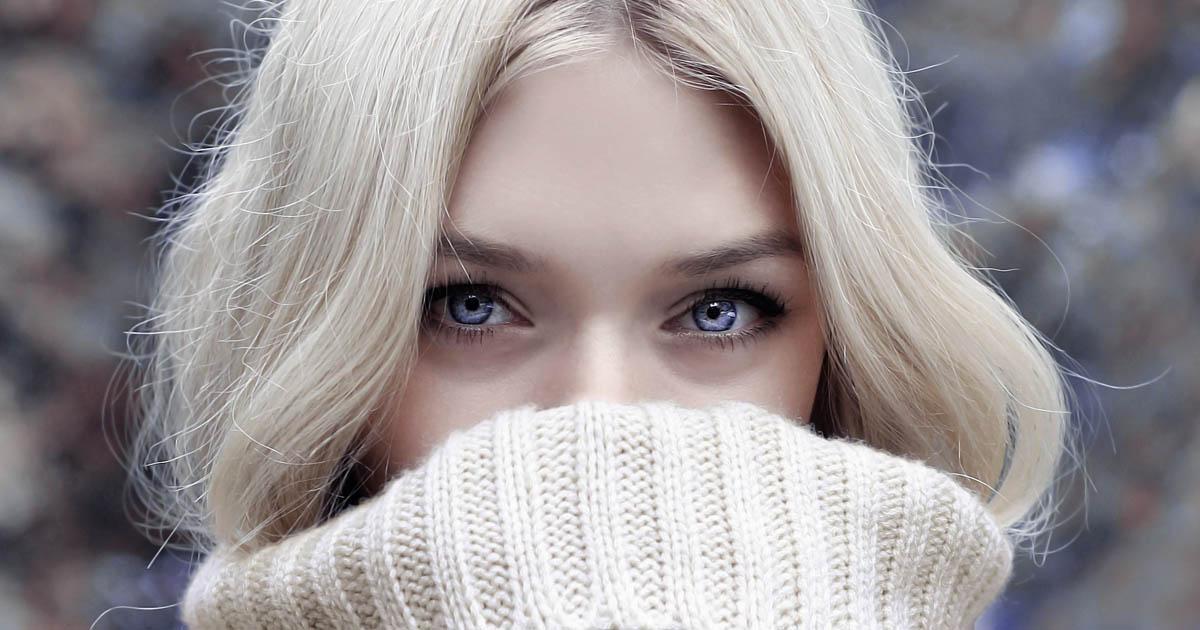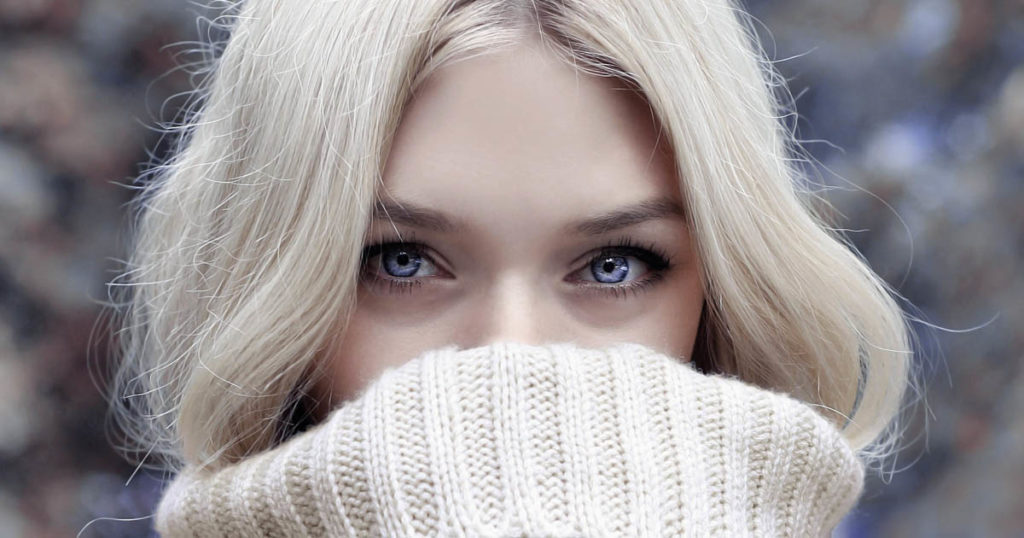
If you’re like many people, you slather on sunscreen during hot summer days, then in winter, not so much. Short, cold days make it easy to forget that the sun doesn’t go into hibernation. While the intensity of ultraviolet B (UVB) rays diminishes in the winter, ultraviolet A (UVA) rays remain constant all year. And UVA rays are about 30 to 50 times more prevalent than UVB rays. Too much of either isn’t good for your skin, but UVA rays pose particular dangers to your skin.
– Though UVA rays are less likely than UVB rays to cause sunburn, UVA rays do contribute to skin cancer. And the longer wavelength UVA rays penetrate deeper into the skin than shorter wavelength UVB rays. The damage causes skin to lose its elasticity, leading to the classic signs of aging: wrinkles, sagging and brown spots.
– Knowledge of the dangers associated with UVA rays has grown significantly over the last few decades. It is now know that UVA plays a significant role in skin cancer.
– Consumers need to educate them-selves on how to protect against these damaging rays and remember that sun protection is an all-year-round concern. Cloud cover won’t protect you. Even on gray winter days, about 80 percent of both UVA and UVB rays penetrate clouds. And 100 percent of UVA rays penetrate glass.
– To protect your exposed skin from UVA and UVB rays, apply your sun-screen daily, such as Advanced Prot. SPF 30 or Essential SPF 15 (or 30 for oilier skin). Make sure you use your sunscreen as part of your daily routine even in winter. And don’t forget the sunscreen on your nose and cheeks when you’re frolicking in the snow. Many a skier has learned the painful lesson that snow acts as a powerful reflector, radiating about 80 per-cent of UV rays back up to your nose and face. When applying sunscreen, don’t forget to apply it under the nose and chin where those rays will hit, and wear goggles or sunglasses with UV protection.

